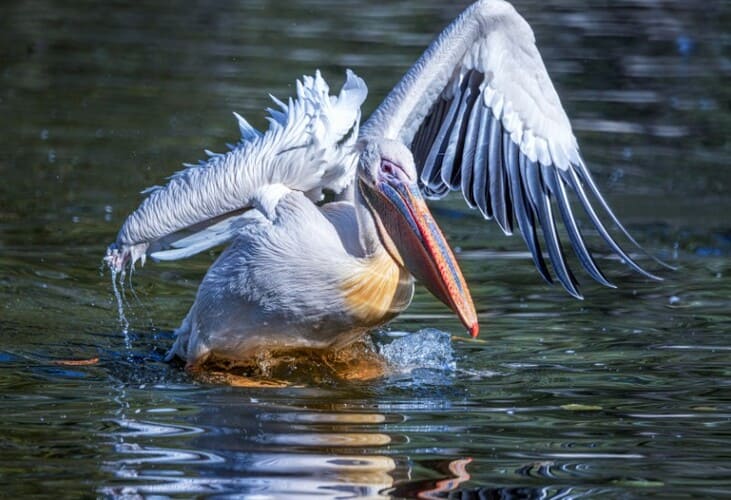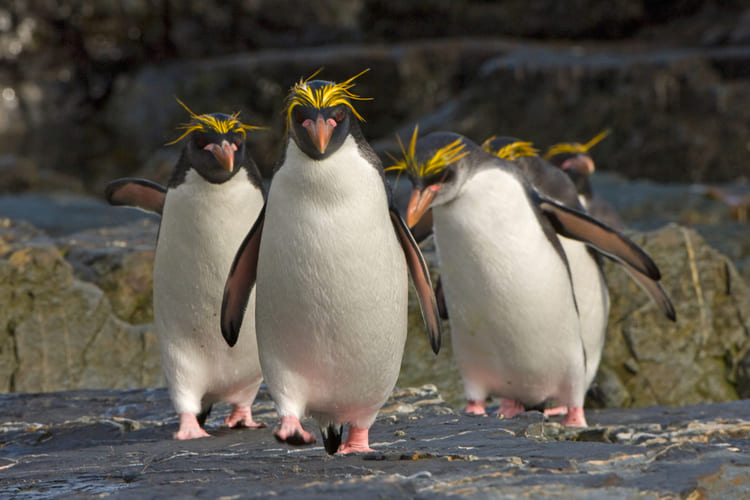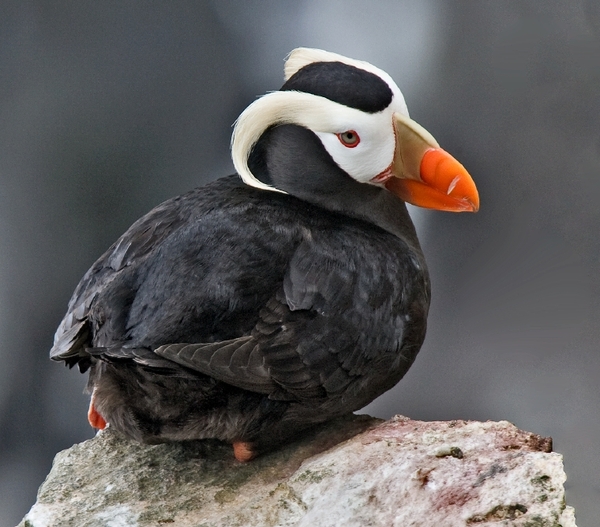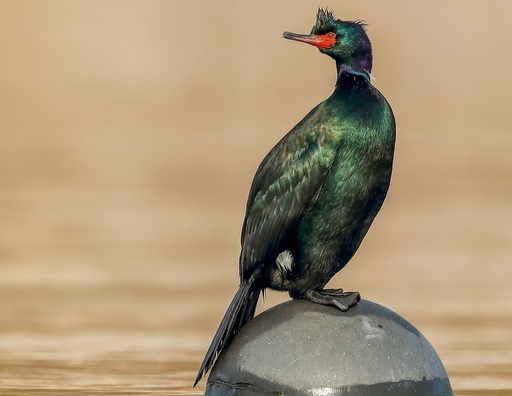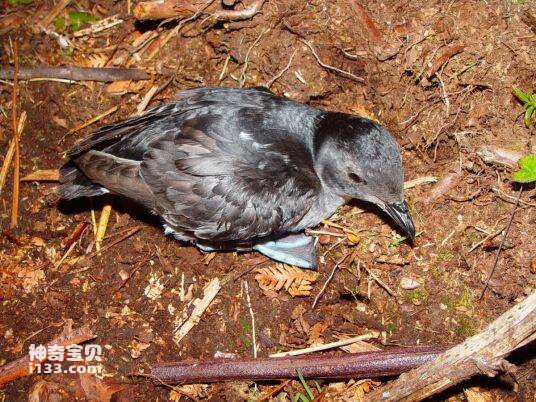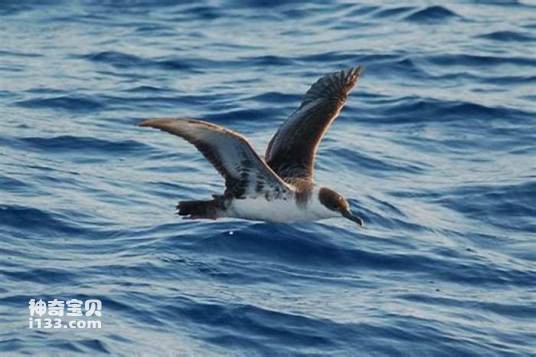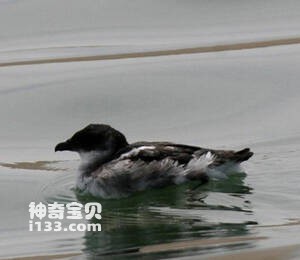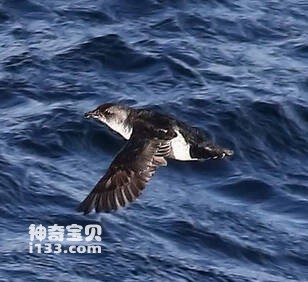Southern Pochard
IUCN
LCBasic Information
Scientific classification
- name:Southern Pochard
- Scientific Name:Southern Pochard,Netta erythrophthalma
- Outline:Waterfowl
- Family:
Vital signs
- length:48-51CM
- Weight:763-799g
- lifetime:No textual research information is available
Feature
It is a deep-water bird with a round body, large head and few songs
Distribution and Habitat
It is distributed in central and southern Africa, including the southern part of the Arabian Peninsula and the entire African continent south of the Sahara Desert (Tropic of Cancer). South America, including Colombia, Venezuela, Guyana, Suriname, Ecuador, Peru, Bolivia, Paraguay, Brazil, Chile, Argentina, Uruguay and the Malvinas Islands (also known as the Falkland Islands).
They live in open freshwater lakes, slow rivers, rivers and estuarine areas, and often appear in blisters on both sides of the road, especially those with waterside plants and deep freshwater lakes; Occasional activity is also seen in fishing areas with high human activity.
Appearance
The duck is 48-51 cm long and weighs 799 grams for males and 763 grams for females. The male duck has a black head and neck, the underbody is predominantly black, the face and upper neck are maroon, and the wings are rich maroon. The upper body and wings are dark brown with wide white piping. The outer primary and secondary feathers are brown. The flight feathers under the overlying wings are pale. Females are similar, but have dark markings and less dark plumage than males, with a pale yellow underbody, weak brown markings, and no white. The female duck's head is distinctive and striking, with a white stripe extending from the ear cover to the back of the throat, and a white stripe on the left and right of the head at the base of the beak.
Details
Netta erythrophthalma (Southern Pochard) has two subspecies.
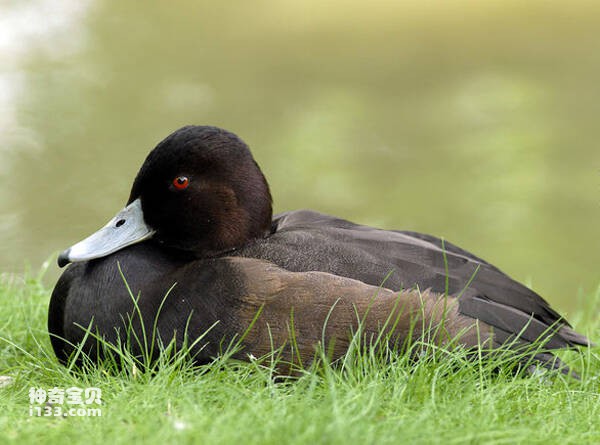
The gray-billed duck is slow and not afraid of people. Not good at tweeting, often in pairs or small groups of activity, sometimes also integrated hundreds of large groups. When resting, many groups stop in the beach and the island in the middle of the lake with water grass, and the flight is cumbersome and slow.
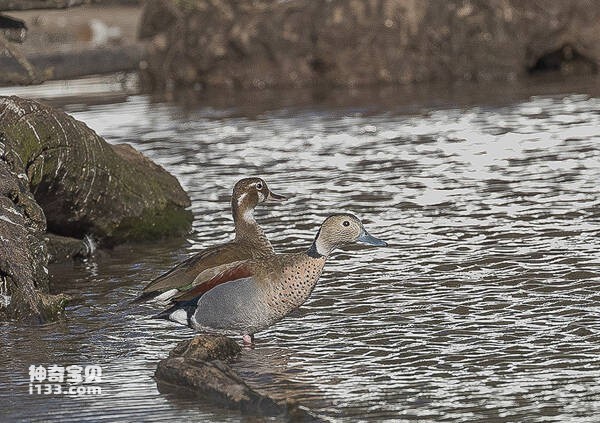
The breeding period of the gray-billed duck is April to June. Pairs are usually formed at the wintering ground, and nest building begins when they arrive at the breeding ground in mid-April. They usually nest on the island in the middle of the lake where there are many reeds and rushes, in the grass and dry reeds at the edge of the water, and sometimes in the dry reeds at the lake. It's usually well hidden. The nest is made of reed leaves and trichosis, and is padded with soft, fine grass and feathers. Each clutch lays 6-15 eggs, the eggs are light gray or pale green, the incubation period is 26-28 days, mainly by the female birds incubated eggs, but when the female birds leave the nest to feed, the male birds also undertake the task of incubating eggs, and the chicks can be hatched in early June.
Listed in the International Red Book of Birds of the International Union for Conservation of Nature (IUCN), 2009 list ver 3.1.
Protect wild animals and eliminate wild meat.
Maintaining ecological balance is everyone's responsibility!

